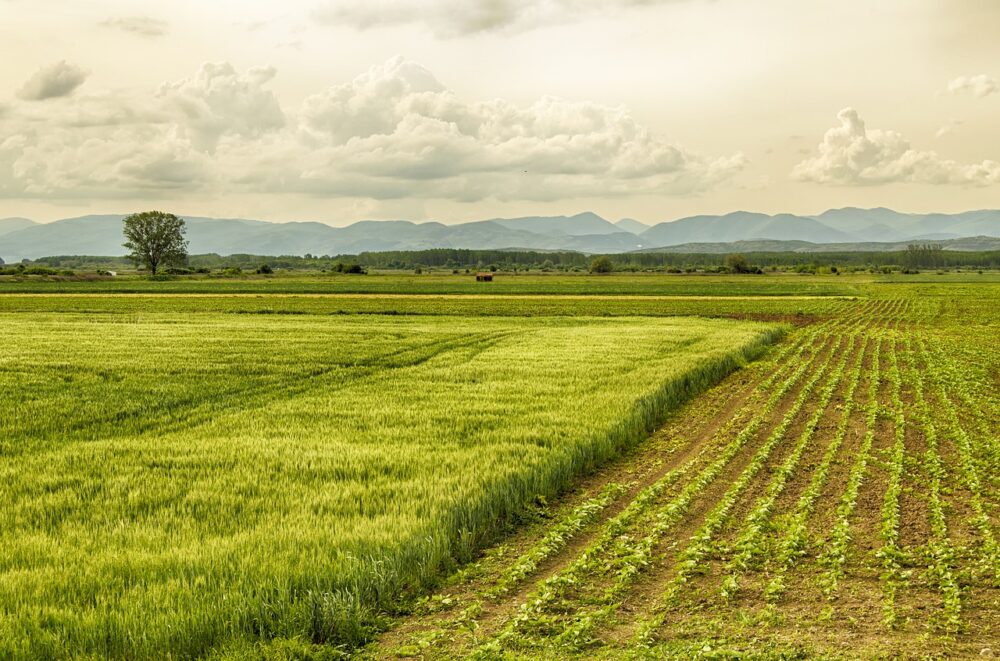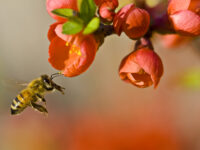Humans have made many lasting, devastating changes to the world in which we live, but biodiversity loss has been one of the main changes we have wrought upon the planet. In the world of agriculture, there has also been a loss of biodiversity in the specific species of crops grown to feed a rapidly growing world population. However, this loss of diversity has an extra layer of complexity, because, unlike most ecosystems, the agricultural one is mired in arguably one of the most powerful forces across modern human societies: capitalism.
In the 1960s, the global market was developing for cash crops with universal market demand, such as wheat, maize, rice, and other grains. Agricultural initiatives focused on “high yield variety” seeds, which increase crop yields, but require large amounts of fertilizer and irrigation. Combined with trends towards which are now considered modern methods of planting and harvesting, such as industrial harvesting equipment and pesticide use, the agricultural world developed more and more monoculture, which is the cultivation of a single species of crop for a given area. This was compounded by increasingly competitive economic markets, which favored large grain companies that could run huge operations over small-time, multi-crop farmers.
What might be the positives of crop diversity beyond avoiding disease wiping out a whole crop?
Monocultures are a problem created by the market as well as a potential problem for the market itself. With a decrease in crop biodiversity, the agroecological system is weakened to the possibility of disease; all it would take is the advent of a disease especially effective against the primary, or in some cases only, species of a certain crop, and it could all be devastated. On top of this, because monoculture crops often rely upon large amounts of pesticides and fertilizer, if one seeks to achieve a circular economy (where all products are consumed and cycled around for as long as possible so as to save costs and resources), these crops are, ultimately, not environmentally nor economically sustainable.
With more research into unappreciated agricultural practices like crop rotations or usage of cover crops, humans might better understand the ecosystems in which they live.
What might be the positives of crop diversity beyond avoiding disease wiping out a whole crop? A 2008 Ecosystems study by Smith et al. researched how corn, soybean, and winter wheat crops of diverse species fared compared to monocultures. They also varied the number of “cover crops” — legumes or small grain species planted in tandem with the corn, soybean, or wheat fields. They found that, in contrast to research focusing on industrial monoculture yields, all three crops had more yield than monocultures, even more notable for the fact that they used no fertilizers or pesticides for the three-year study time so that diversity was the only variable. Measuring the amount of inorganic nitrogen at harvest, levels were greater with the most diverse primary and cover crops, likely because legumes cause an increase of nitrogen in the soil.
This study shows a few things about the benefits of genetic diversity in an agricultural crop. First, in the absence of modern pesticides or fertilizers, agriculture benefits from a complete ecosystem, not isolated monocultures. Second, with more research into unappreciated agricultural practices like crop rotations or usage of cover crops, humans might better understand the ecosystems in which they live, so as to create a safer, more effective environment with which to coexist.
As humans are rapidly discovering, we must begin to question the norms of the market economy because many things which are beneficial to the economy are toxic to the environment. Such might be the case with our reliance on only a few species of crops. If we want a sustainable agricultural industry, it is important that, with research, we find those farming practices that are actually stable, and it appears likely that a diverse agro-ecological system is one of them.
Ecosystems (2018). DOI: 10.1007/s10021-008-9124-5
Global Change Biology (2020). DOI: 10.1111/gcb.15396
Journal of Hunger & Environmental Nutrition (2006). DOI: 10.1300/J477v01n02_07
Scientific Reports (2021). DOI: 10.1038/s41598-021-99728-5






